What is your cat saying when their eyes get large? Or when they flick their tail high in the air? Pay attention. Because knowing what your cat is telling you can make your travels much happier.
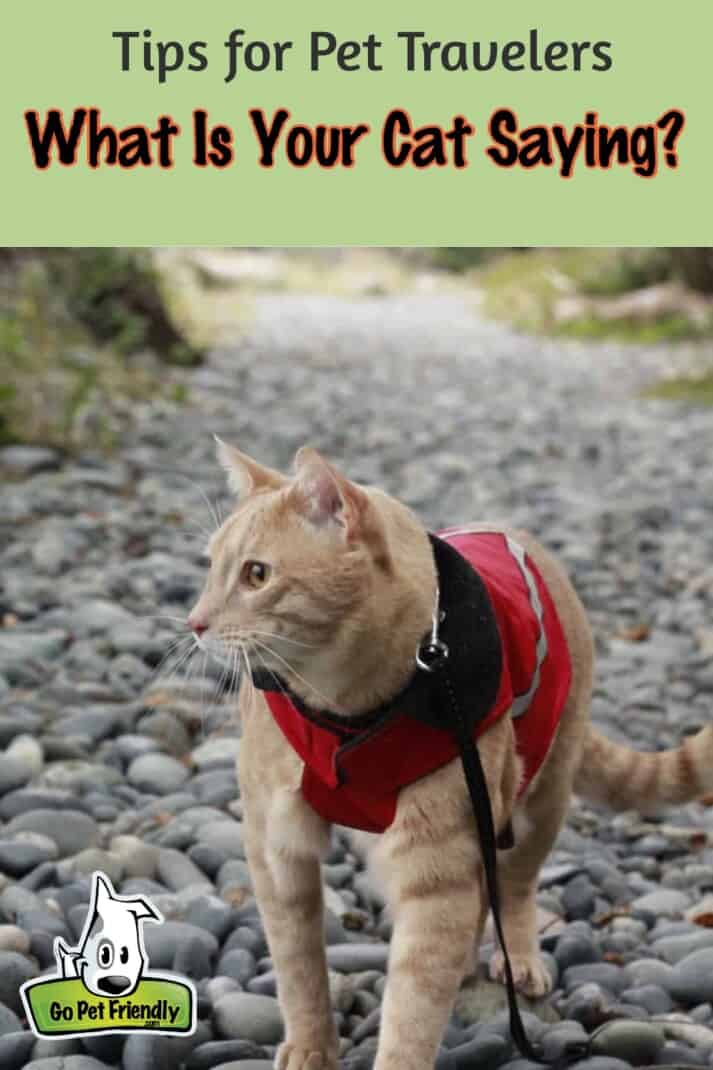
Cats are mysterious creatures. They’re often independent, sometimes aloof, and usually do things on their own terms. You may not think they sound like the best adventure buddies, but we’re here to tell you that they are! You just have to learn how to decode the signals they’re sending.
Decoding Cat Communication
Traveling with our cats means we’ve had to learn to watch our cats carefully and try to figure out how they’re feeling. To be aware of what they’re comfortable with and see which boundaries we can stretch, we need to pay close attention to how they react in certain situations.
For example, Fish loves kids. When they approach, his tail sticks straight up in the air – an indicator he’s feeling happy and friendly. This is his signal that lets us know it’s fine to tell kids that they can pet him, because we know he will have a positive reaction.
READ MORE ⇒ Purr-sonality Traits of Traveling Cats: Does Your Cat Have What It Takes?
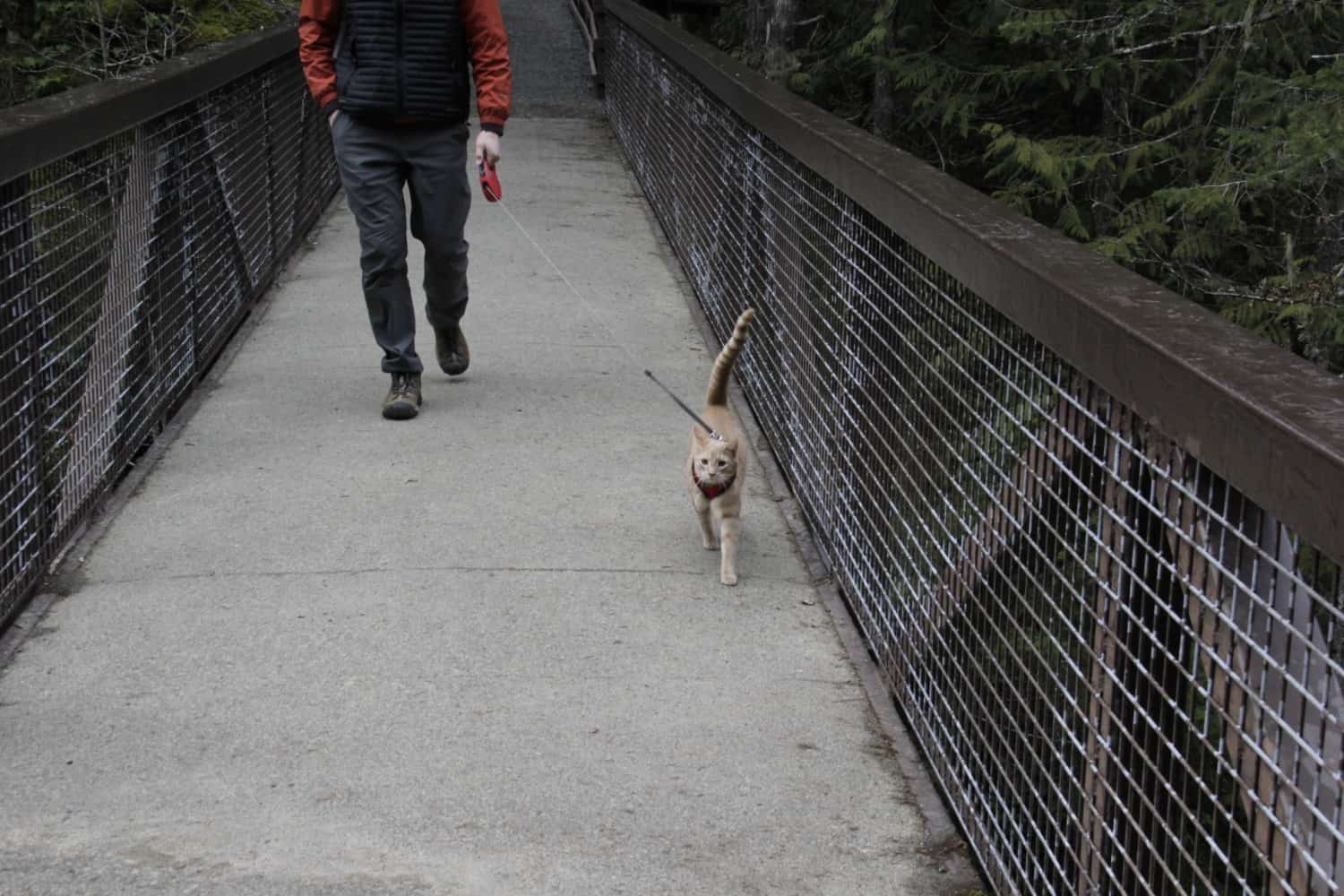
Fish’s reaction is quite different when approached by dogs. He likes some dogs, but generally is cautious when encountering a new one. And certain breeds totally really freak him out.
We can tell Fish is nervous when his ears go out to the sides. If he’s especially alarmed, his ears will be pinned back, his pupils will dilate, and his tail will puff up. Next he’ll raise his back as whatever he perceives as a threat approaches.
If the dog is leashed and doesn’t seem interested in him we’ll generally let the encounter continue. This gives Fish a chance to get used to seeing new dogs. But if he starts hissing, we know it’s time to pick him up so he feels safer. Hissing is an obvious sign of distress, fear, or aggression.
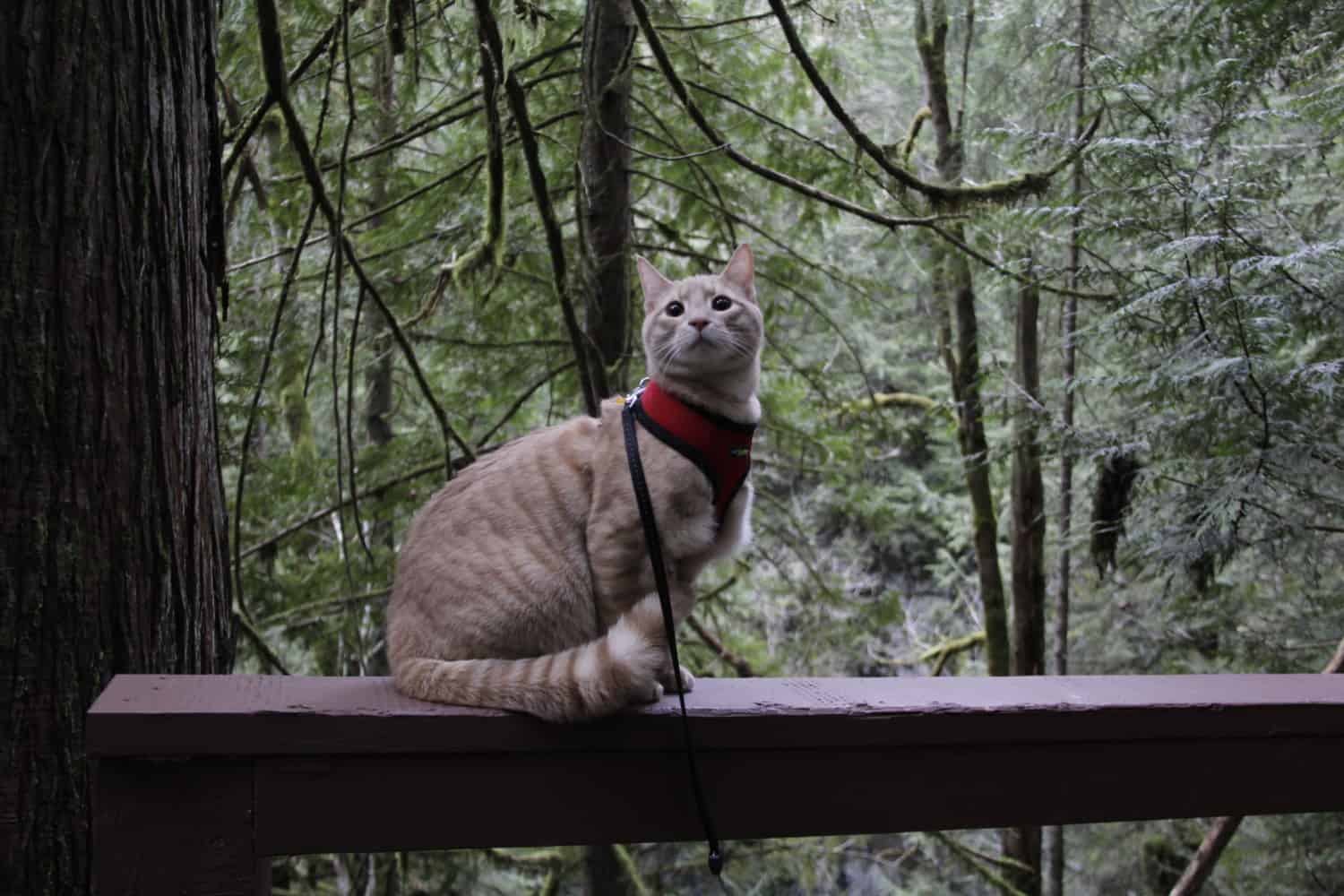

Each Cat Is Different
Cats have their own personalities, and we’ve noticed that Chips tends to be more anxious than Fish. Generally, Fish is a pretty laid back cat. But Chips tends to be more uneasy. This usually manifests by him crouching down close to the ground with his ears back and tail straight out, angled down, or tucked underneath him.
For us, the best thing to do in this scenario is give him space. Usually, he just needs a little longer to get comfortable in his surroundings. As long as there is no danger, working through these feelings on his own teaches Chips that not all new environments are scary. We just remain calm and show him that there’s nothing to be afraid of.
READ MORE ⇒ Answers To Common Questions About Hiking With Cats

And that brings up another point: it’s important to try not to mimic your cat’s anxiety or fear reactions. Always be aware of the vibe you’re putting out and make sure it’s positive. If your cat is scared, nervous, or frustrated, never react in a negative way.
Animals are exceptionally adept at understanding our body language as a form of communication. If you’re nervous it will heighten their anxiety. Instead make sure your tone is positive, your body is neutral, and you’re dealing with the situation with confidence.

Interpreting Vocalizations
Sometimes cats also make audible noises to communicate with you, such as purring or various meows. Adult cats normally don’t meow to communicate with each other, so if your cat’s meowing, he’s talking to you!
By listening carefully, you can learn to distinguish your cat’s “hungry meow” from his “let’s play” meow. Cats develop their own tones and variations based on how you react.
That being said, there are some basic understandings about cat vocalizations. For example, purring is universally recognized as the sound of contentment, and growling or hissing generally indicates fear or aggression. Chattering, which is a noise cats often reserve for watching birds outside a window, could mean frustration and interest. Chirping, or what is often referred to as trilling, is a noise cats sometimes make when they’re looking for you or want you to come over to them.
READ MORE ⇒ Tips For Staying In Hotels With Cats
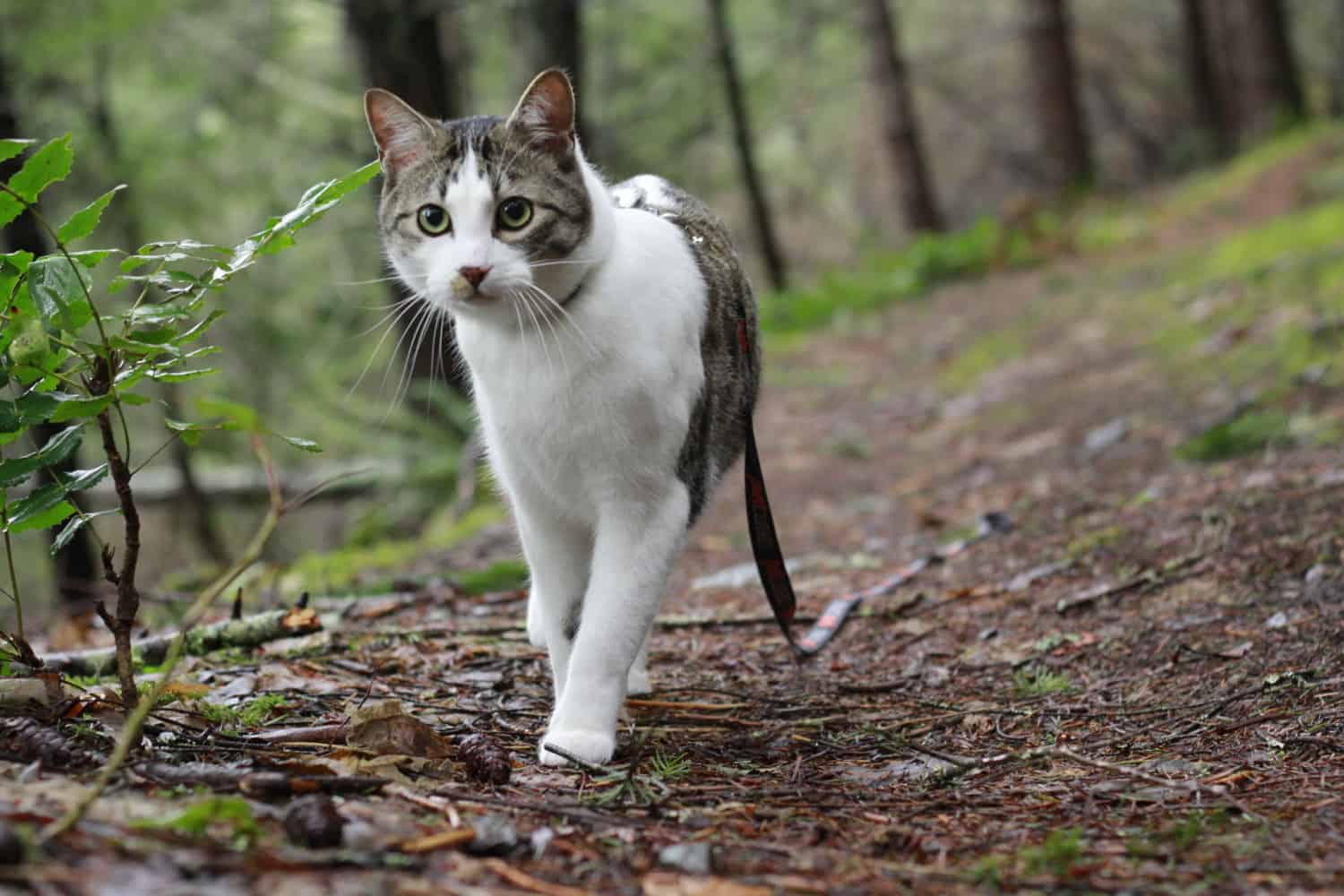
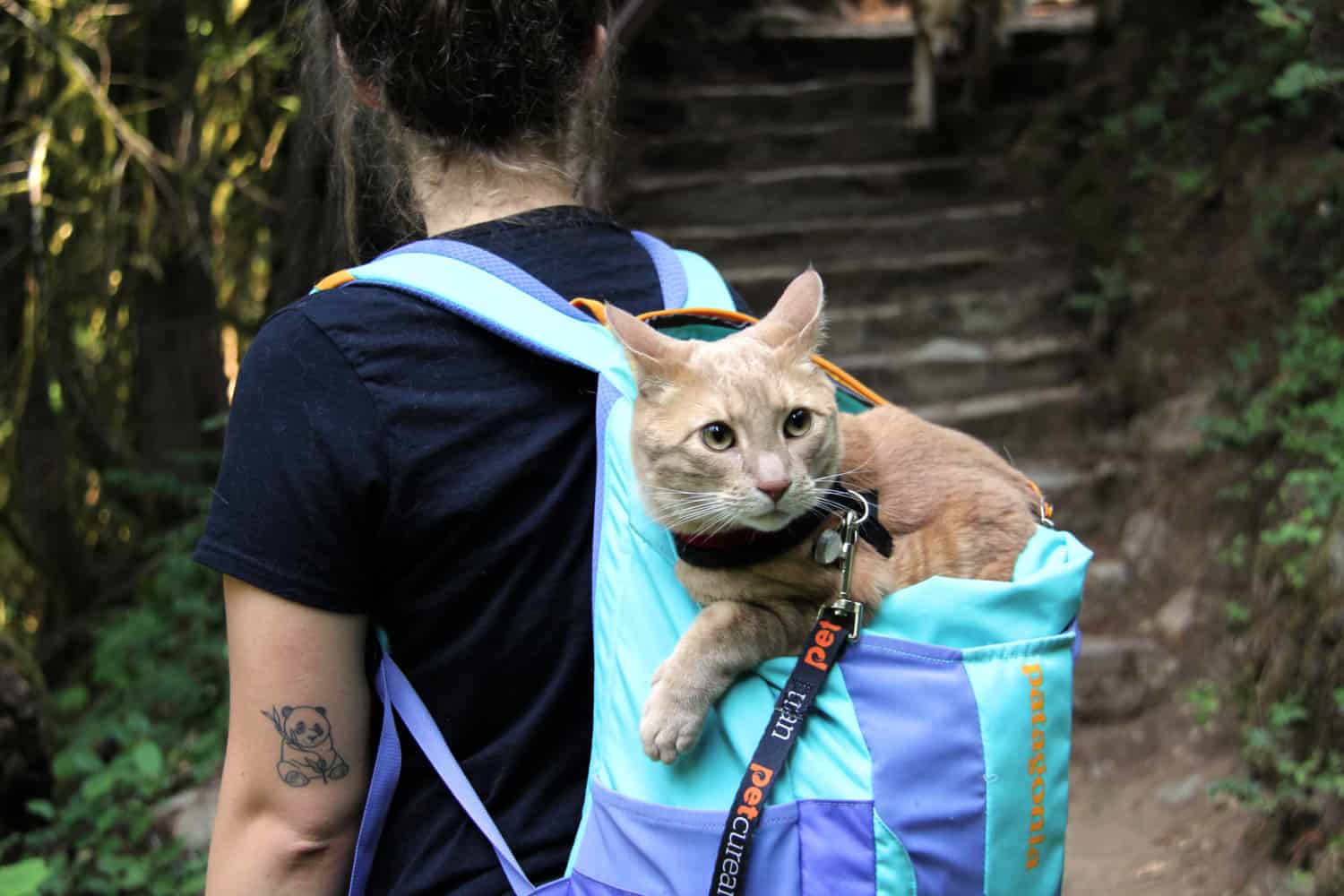
What’s Your Cat Trying To Tell You?
Below is a list of some common cat communications that you can watch for. But keep in mind that every cat is different! And sometimes individual expressions can mean different things when paired with other indicators. So definitely consider both body language and vocalizations in a given situation when translating your cat’s communications.
Positive
- Tail straight up, slightly curved at the tip or in a relaxed position behind them
- Whiskers relaxed
- Slow blinking or droopy eyelids
- Ears angled forwards
- Laying down on their side or back
- Pupils are normal slits
- Head butting, licking, kneading
- Purring
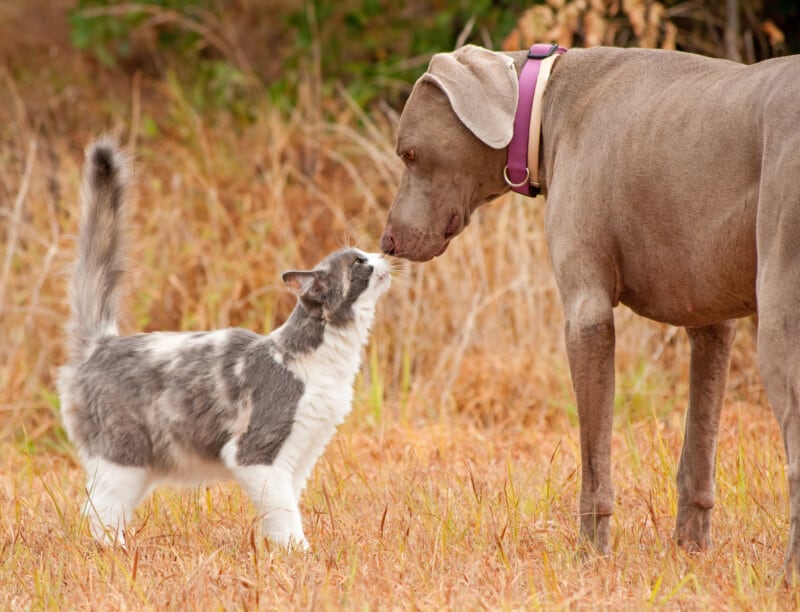
Fearful
- Ears to the side
- Body crouched low to the ground
- Eyes enlarged
- Back arched
- Tail between legs
- Hissing
Aggressive
- Direct stare
- Ears flat to the head
- Whiskers forward while in a stare down or fight
- Back arched, tail fluffed or tail lowered and flicking
- Growling, hissing
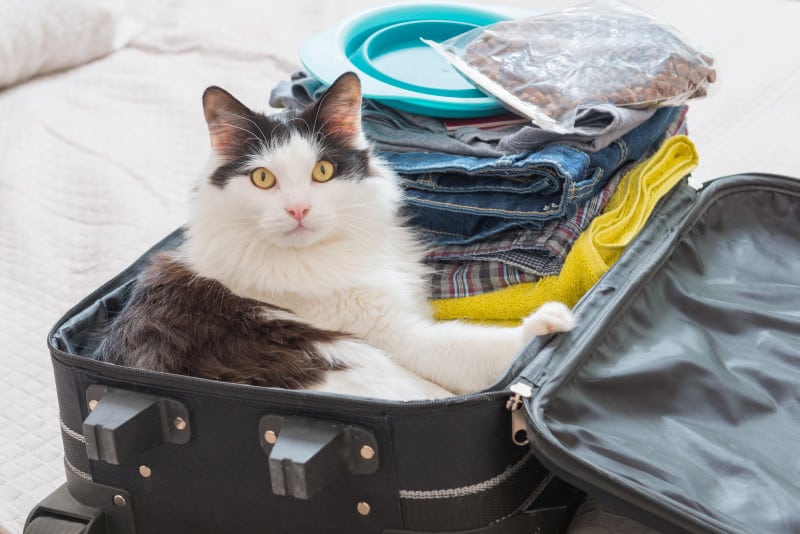
We hope these tips for understanding what your cat is trying to tell you will help make your travels more fun for you both!
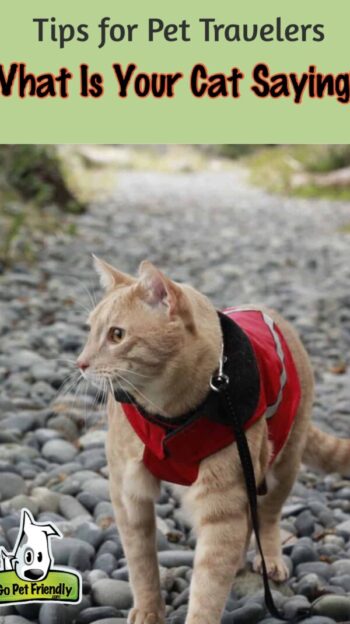
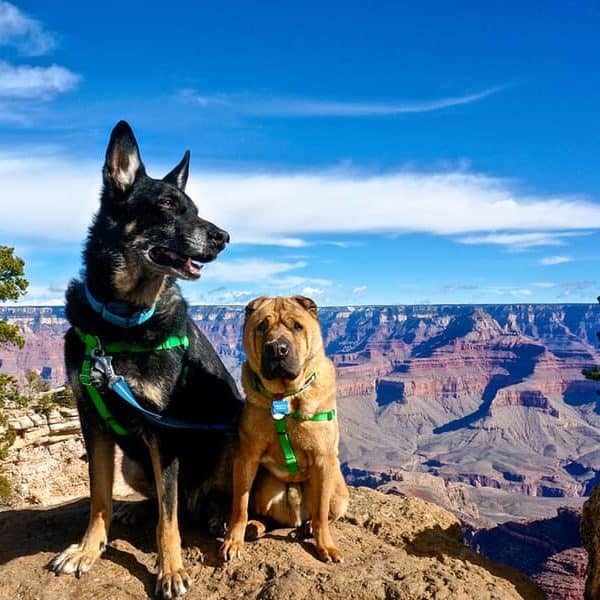




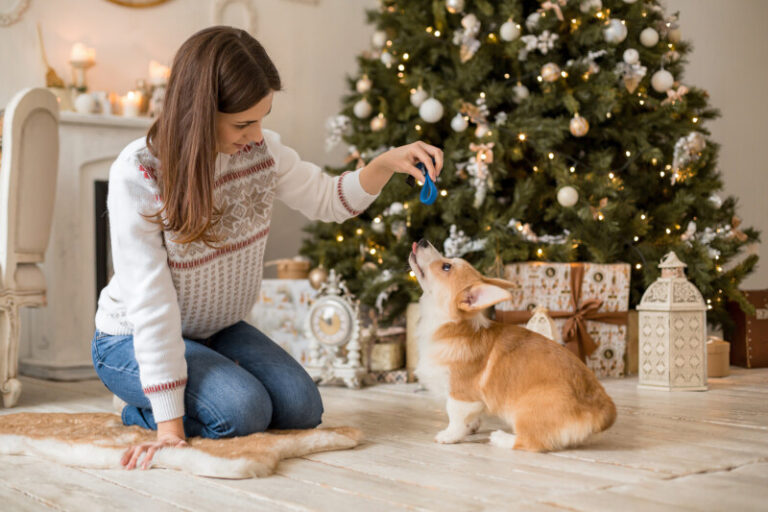
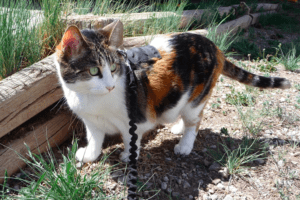

You tell the different signs of how the cat feels, but don’t explain how to handle the cat when the actions happen.
Thanks for your note, Margaret. Of course, you know your cat best. But, generally speaking, if your cat is safe and not overly uncomfortable in a situation, it’s good to remain a calm and comforting influence while letting her learn to trust her environment. If she is becomes too upset, then do whatever it takes to make her feel safe – pick her up, but her in a carrier, remove her from the situation, and move forward more slowly. For example, if she get upset in a public park, go back to letting her explore your backyard for a while longer before trying again. I hope that helps and I wish you many happy adventures!